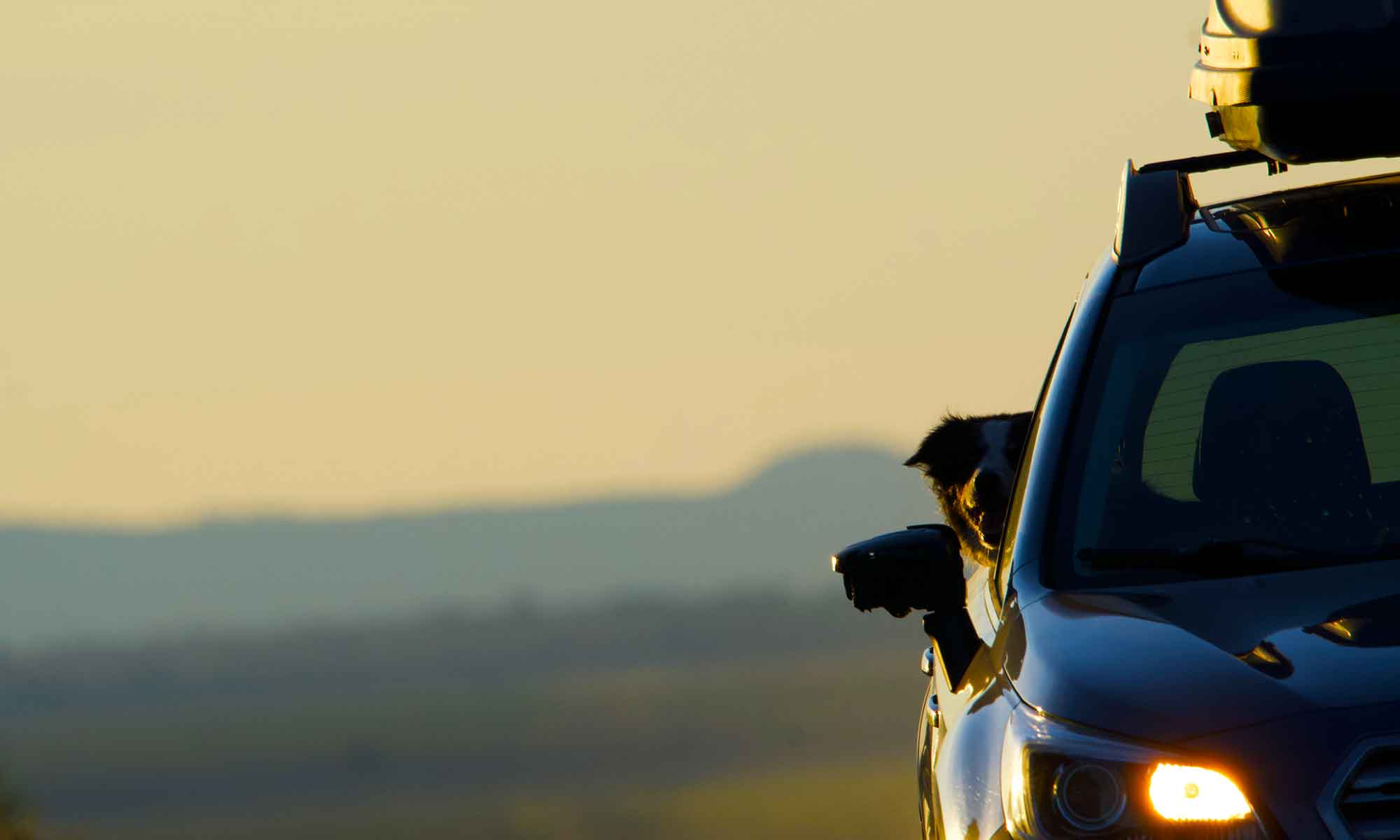
 This week we waded in a couple of very different rivers. The weather turned warm and sunny so we managed to wet a line on two different days this week. The first of the week we headed up to Camp Sherman and the Metolius.
This week we waded in a couple of very different rivers. The weather turned warm and sunny so we managed to wet a line on two different days this week. The first of the week we headed up to Camp Sherman and the Metolius.

This river starts as a spring bubbling from the base of Black Butte. Just a few miles of flow through open ponderosa forest and the river has tripled in size fed by more springs draining runoff via volcanic passages in Green Ridge and the Cascade mountains.

The Metolius’s emerald colored water is crystal clear and remains at near constant levels making it a world class flyfishing stream. There are dozens of campgrounds along the first ten miles of stream, and well developed paths run along both banks nearly the entire length.
We scouted the stretch downstream from Lower Canyon Creek where the river rushes through a rock lined cut.

 Later in the week we headed up to the Crooked, which remains at it’s low, turbid winter flow.
Later in the week we headed up to the Crooked, which remains at it’s low, turbid winter flow.
Gnarled Juniper trees and basalt columned cliffs are a stark contrast to the Metolius River.

As winter approaches there is a marked increase in bird activity along the river so JQ was busy trying to capture some of their antics.

Fishing was slow but the weather was so great we ended the day sitting on rivers edge soaking in the afternoon sun.





















 Fall weather has muted any remaining green and added yellow and orange hues to the hillsides.
Fall weather has muted any remaining green and added yellow and orange hues to the hillsides.

 We break open the lunch, brew fresh coffee, and enjoy the rush of river. A month ago this spot would have been baking in summer sun, today we are dressed in flannel and clouds flash intermittent bursts of sunlight.
We break open the lunch, brew fresh coffee, and enjoy the rush of river. A month ago this spot would have been baking in summer sun, today we are dressed in flannel and clouds flash intermittent bursts of sunlight.
































